Early Magaracha grapes: the benefits of the variety, planting and care tips
Early Magarach is a technical type of grapes developed by the Crimean National Institute of Grape and Wine "Magarach" in 1928. It was bred by crossing Black Kishmish and Madeleine Angevin. The variety is a European table variety with many advantages over other varieties. But before growing, you should familiarize yourself with its care requirements and distinctive features.
Content:
- Features and benefits of the variety
- Reproduction and planting
- Watering and feeding
- Shrub pruning: terms and rules
- Do you need preparation for winter?
- Diseases of grapes, their signs and struggle
- Pests of grapes and the fight against them
Features and benefits of the variety
Grapes It is represented by bulky blue berries with a dark tint, round or slightly oblong - oval in shape. The top of the berry is covered with a strong skin, pubescent with a layer of dense pruin bloom. Peas appear periodically. The inner constituent of the pulp is pink, fleshy structure. It has a high juice production when consumed. The pulp cavity contains several large bones.
Bunches occupy an average density in terms of density, therefore each bubble stands out with a perfectly even diameter and does not have a tendency to deform, as with a dense structure of bunches. Due to the not dense arrangement of the berries, the bunches perfectly tolerate even long-term transportation.
The weight of each bunch is 250-500 grams, while each berry weighs on average up to 5 grams.
It is not recommended to overexpose the berries on the bush. From prolonged exposure to the stalk, the clusters begin to deteriorate, they are beaten by wasps and other insects. Because of this, all appearance and taste are completely lost. The taste of the bunches is simple, sweet, without a specific aftertaste. Some connoisseurs of taste note that the variety belongs to velvety. In addition, the taste depends on the soil on which the Early Magaracha grows.
The shape of the bush is a spreading lash that stretches very quickly. The bush can withstand an average of 40 eyes. Inflorescences in grapes are represented by both sexes, which are cross-pollinated and do not require specific exposure. The berries ripen within 120 days from the moment the inflorescences are set and until the bunches are removed from the lashes. The advantages of the grape variety are the early ripening period, high yield, almost 80% of the entire vine ripens before the onset of cold weather. Liana are distinguished by their resistance to various diseases and pests.
Reproduction and planting
Reproduction of Early Magaracha grapes is carried out cuttings... Planting material is taken from healthy, powerful bushes. The shoots that are selected for seedlings must be fully ripe - the trunk has a light brown color, a ribbed surface. When bending such a vine, a barely audible crunch is heard.
Prepare seedlings from the bottom of the shoots or from the core.It is not recommended to take the upper part of the growth for breeding. When cut, the stalk should be at least 0.7-1.2 cm in diameter. The length of a standard handle should not exceed 50 cm.
Harvesting of planting material is carried out in the fall.
Cut seedlings should be prepared for wintering so that they survive the winter well and do not become infected with various diseases. If planted in spring, their yield will decrease significantly. There are many ways for storage, but the best method is a cold cellar, where the temperature is + 1 .. + 2 C. Cuttings are placed in sawdust or fine river sand. An important condition for the covering material should not be excessively wet, just slightly damp enough.
Before planting on spring days, in 3 weeks the cuttings are removed from the shelter and specifically prepared:
- Completely soak in water for 1-2 days.
- Furrowing - making shallow cuts on the part that will be underground. This is necessary in order for the cutting to quickly activate the forces and release the root processes.
- Paraffinization - it is necessary to lower the upper bud of the cutting into the paraffin heated to 75 degrees. This is required so that the seedling does not lose the water accumulated over 2 days of soaking.
- Soaking the bottom of the seedling in a root stimulator.
Rooting requires light, fertile soil, saturated with oxygen and nutrients. It is important to choose a sunny location, without a close groundwater table. Best of all, the grape variety develops in Central Asia, Crimea and the Far East. To grow in a different climatic zone, it is recommended to choose the southern side, well protected from winds and drafts.
Watering and feeding
Top dressing is done in early spring before bud break. 1.5 kg is added to the young shrub. rotted manure. For an adult plant, the dosage is increased - a whole 10-liter bucket is needed. In the absence of organic fertilizing, the grapes will grow, but may not give a high-quality and large harvest.
Watering should be done at specific times.
It is very important to irrigate when the first leaves appear. During the blooming period, the introduction of nutritious moisture is prohibited, due to the fact that the vine can throw off all the flower stalks and then the farmer will be left completely without a crop.
After flowering, when forming berries, it is very important to apply high-quality watering. The entire period while the bunches are poured, nutritious moisture should be introduced. The last stage of ripening berries, when they are poured - do not add an excessive amount of water. It can provoke cracking of berries and the loss of a ripe crop.
Shrub pruning: terms and rules
If the grapes are formed correctly, the following actions are the results of the impact:
- The volume of the harvested crop is increasing.
- Growth of young vine fully matured at the end of the growing season.
- The plant is not exposed to the invasion of pests and the addition of diseases.
- The shrub tolerates a strong drop in temperature.
- With proper pruning, it is possible to properly care for the vine.
For Magarach, it is recommended to carry out a specific pruning - short format, only 2-4 buds. Thanks to this formative elimination of excess growth, more than 30 eyes should not remain on the bush. The shrub should not be overloaded.
If you provoke a large load, then the bunches will be small and some of the taste will be lost.
This type of vineyard is shaped like a fan bush. Standard shaping does not suit him:
- When planting, pruning is not carried out, the plant is given the opportunity to build up mass and high-quality shoots.
- In the first year, two shoots are left, on each of them in the spring everything that is above the 2 lower buds is cut off. During the summer period, the plant grows green mass.
- 2nd year - of the two buds left, the grown shoots are shortened for the entire growth, so that 2-3 buds remain. This trim forms the 4 main sleeves.
- At the end of the 2nd year, the second-order shoots, left in the spring, drive out the young vine, on which flower ovaries will go next year. In the third year of life, only one powerful vine is left from these two branches, it is shortened by 1-2 buds from the end of the shoot. The second sleeve is cut almost to the base, leaving no more than 1-2 buds. This escape is called a substitute.
Thus, in 3 years, a stemless bush of Early Magaracha grapes is formed. Correct pruning allows you to see the berries in a short time and feel the taste of a young variety. Pruning is carried out in the spring, in February-March, on warm days. The procedure should be carried out until the grapes woke up, sap flow began.
Do you need preparation for winter?
Early Magaracha is a frost-resistant variety. It can withstand temperatures as low as -180C. Therefore, it is recommended to cover it in the winter cold. Otherwise, the young seedling may freeze out.
There are several methods for sheltering grapes for the winter:
- Dry method - in warm weather, the grape vine should be carefully bent and pressed to the ground with a load, but so that the shoots do not reach the ground surface - 10-12 cm.After that, the perimeter for shelter is covered with dry sawdust... From above, the entire embankment is covered with plastic wrap, which should be pinned or covered with bricks or boards. After the snow falls, it is required to pile a large snowdrift on top of the shelter.
- Full cover - all shoots are removed from the support, tied together and laid on a bedding of boards, plywood or slate. The vine is neatly fixed so that it lies comfortably on the flooring, and does not hunch and break. After that, the shoots are covered with any available material - burlap, sawdust, a mat, a reed or an old blanket. The material should be completely made of natural fibers, synthetics quickly erode all the heat. From above it is covered with a film, which is plugged under all the cracks so that nothing erodes. The last stage is to fix the shelter with iron arcs or staples along the edges.
- Half shelter. When using this method, only some parts of the plant are subject to cover - the base of the vine, the lower arms and the head. The upper shoots are insulated with spunbond, old bedspreads made of fabric or straw.
- Digging in the trunk - a depression is dug around the plant, into which the folded and fixed vines of the bush are laid out. Sprinkle with soil on top. If the frost does not exceed -15 C, then you should not add earth to it. Better when snow falls, pour it on the plant with a snowdrift. In this form, it will not freeze and will be warm under the snow mass.
Thus, it is recommended to protect the delicate vine from freezing and death. The choice should be based on the climatic conditions of the region where the fruit crop is planted.
Diseases of grapes, their signs and struggle
The Early Magarach has little resistance to pathogenic bacteria. Therefore, most often it is affected by phylloxera, mildew and black spot. The plant is resistant to gray rot due to the fact that the ripening of the berries occurs early enough, when the disease is not able to spread.
The following signs of the disease and methods of dealing with the problem are distinguished:
- Mildew - the foliage becomes much lighter than the standard color, small spots appear on the plates of various colors, on which a soft whitish fluff forms on the lower surface, which means mold. Processing should be carried out with systemic fungicidesthat do not contain copper. It is recommended to carry out processing before and after flowering.
- Phyloxera is a disease caused by aphids, but in different parts of the vineyard. The insect can be located on the roots as well as on the leaves. If affected by this ailment, the entire bush should be completely removed from the soil and burned. No chemicals have any effect.
- Black spot is a fungal-type disease that affects all tissues and structures of grapes. Blackening forms along the veins, manifests itself in May or early June, gradually increasing in volume. If the disease is not eliminated in time, the disease affects the crop, it completely decays, not having time to ripen. Exposure is carried out during the period of blooming of peduncles with fungicides (Tiovit Jet, Quadris or Skor).
Earlier detection of the disease allows you to eliminate the problem at an early stage, preventing severe infection of the plant.
Pests of grapes and the fight against them
The main pests for lianas are wasps and ants. To eliminate the pests, the grapes are covered with a net, but a kind of bags are left that serve to ventilate the plant. Wasps in a short time to beat and completely destroy a large amount of the crop.
To combat the main pests, there are certain control methods:
- Formation of traps - mesh bags, plastic bottles.
- Elimination and destruction of hornets' nests located in the immediate vicinity of the vineyard.
- Poisoned baits - they are filled with treats that lure insects.
In addition to the direct effect on insects, it is recommended to wear special protection on the bunches so that no pest can get close to the ripening berries.
Thus, Early Magaracha is distinguished by its peculiar taste and cultivation method. He, like most varieties, requires enhanced glaze during the formation of fruits, but irrigation should be stopped at the time of ripening. If you control the condition of the plant, then any disease can be eliminated at the root.
More information can be found in the video:



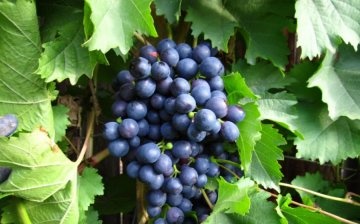
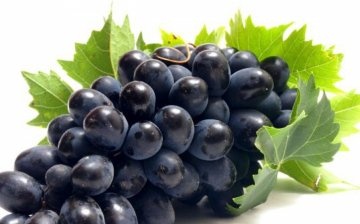
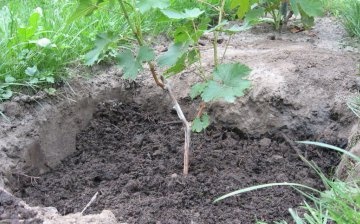
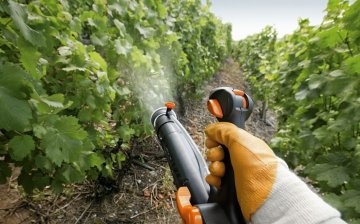
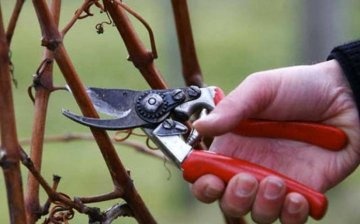
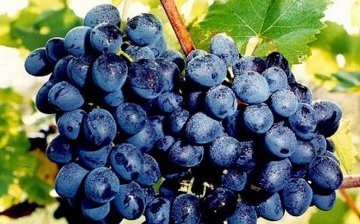
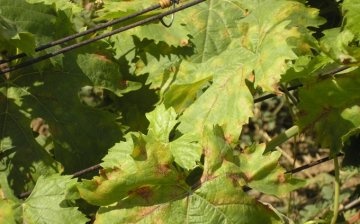
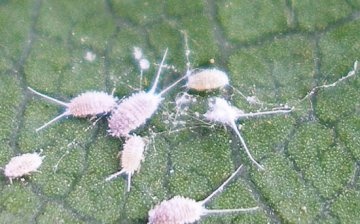








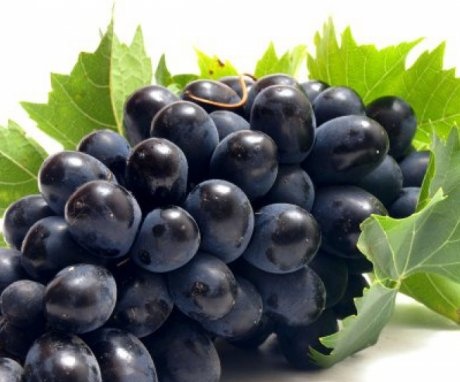
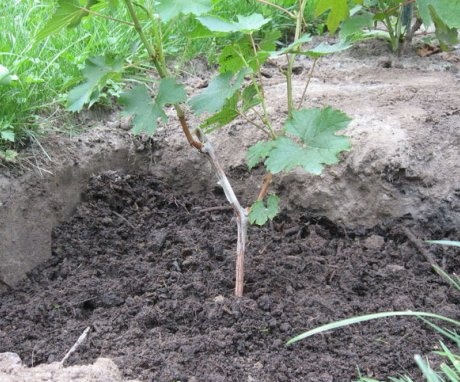
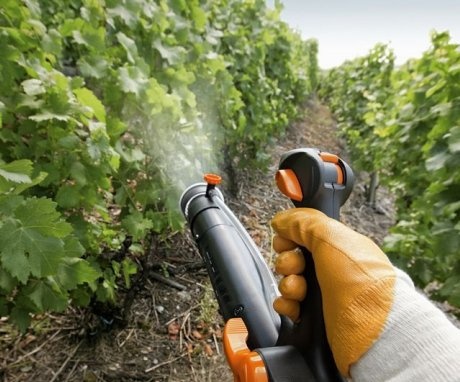

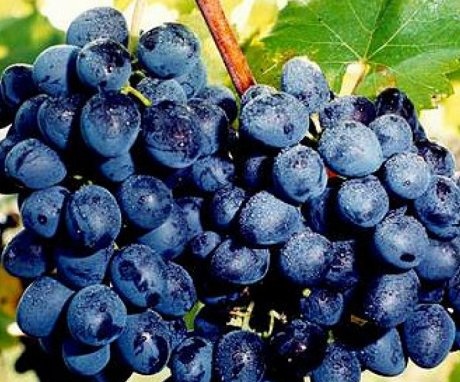

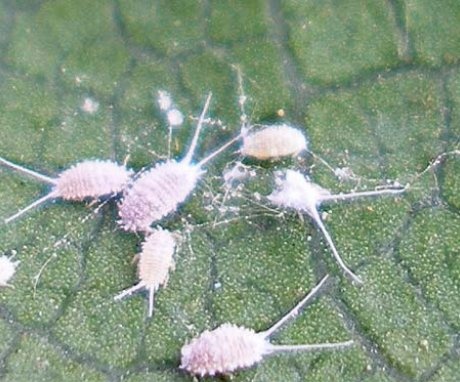
With the correct formation of the bush in this variety, the clusters grow very large. When ripe, you need to cut them off in time so that the berries do not damage the wasps. In our region, there are rarely cold winters, therefore, for the winter, we partially cover the grapes without removing them from the trellis.